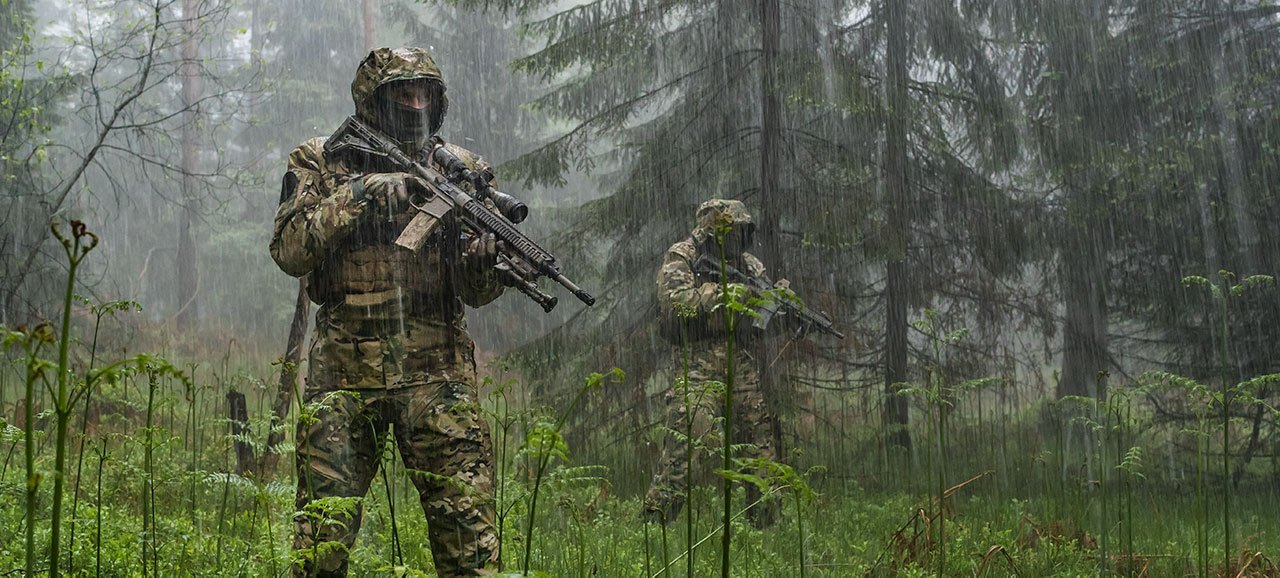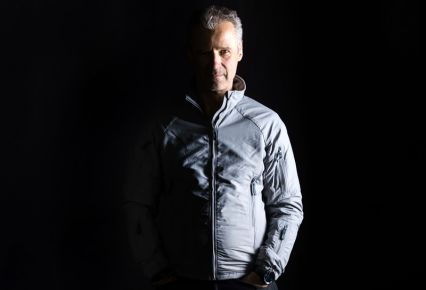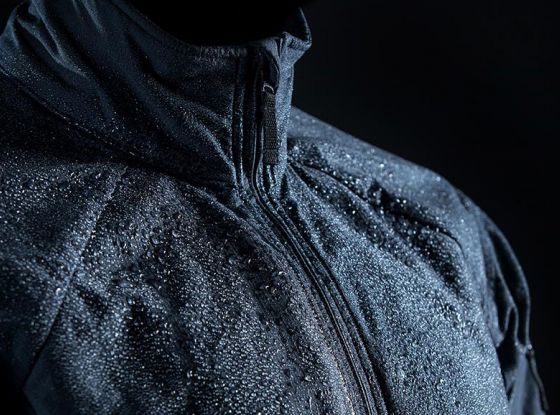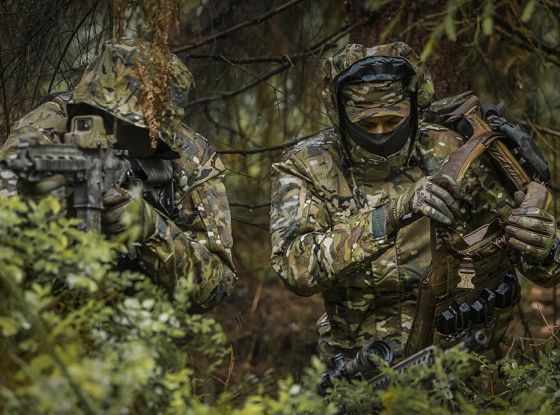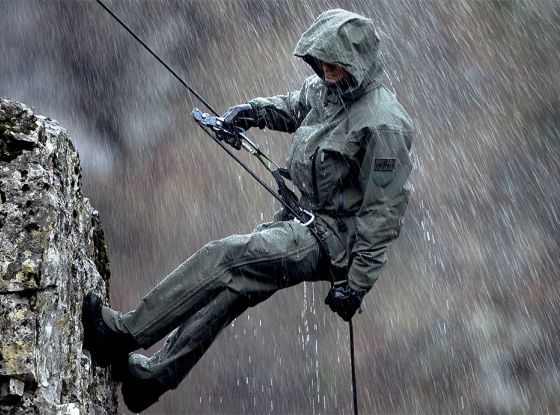For as long as we’ve made GORE-TEX rain gear, some users have complained that “it’s not waterproof after several washes.” Or they say “GORE-TEX isn’t 100-percent waterproof.” Also, “My jacket is leaking in the shoulder area.” And so on. While there are cases in which actual leakage has been identified, for the most part there are other explanations for these problems.
What’s in this blog post:
How we define a GORE-TEX garment leak.
We define a leak as something resulting from damage to the GORE-TEX laminate and/or to the sealed seams and/or from faulty construction of the garment.
This damage must permit water to penetrate through the GORE-TEX garment and eventually cause garment layers underneath the hard shell to become wet.
Importantly, in every instance, water must penetrate from the outside into the garment.
How it’s possible to become wet even if your GORE-TEX clothing is working properly.
Most times, we can determine that wetting of the middle and base layers was not caused by water penetration from the outside, but instead was the result of a physiological/physical process.
Specifically, under certain circumstances, the human body produces more sweat than the GORE-TEX laminate is able to carry away to the outer side of the hard shell.
You can see this for yourself. Wear your GORE-TEX jacket when it’s not raining and the temperature is around -5°C, then engage in some physically demanding outdoor activities.
If you are wearing beneath your jacket an adequate base layer and middle layer, you will most probably find after a certain time that you are wet.
Since it’s not raining and it’s too cold for higher levels of air humidity, the wetness can’t be coming from outside the jacket.
It is the result of you sweating.
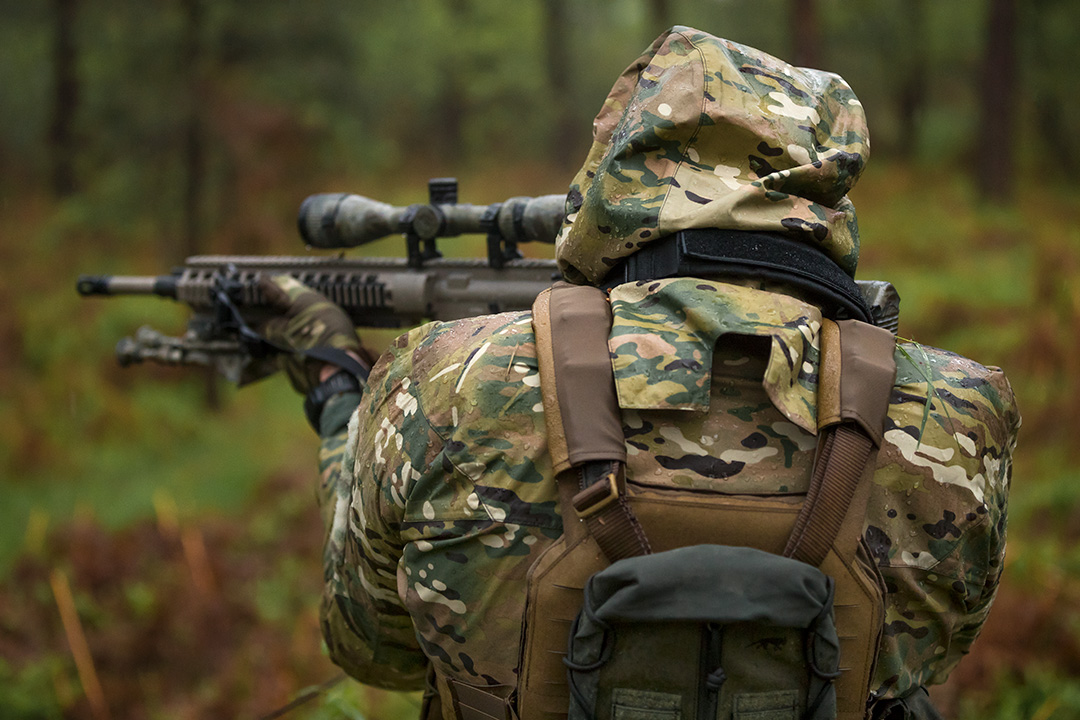
We sweat because that’s one of the body’s most efficient cooling mechanisms.
Our muscles and other organs give off heat as they work—even when it’s cold outside.
Like a car’s engine, your body has to get rid of the heat it produces.
It wants to operate under optimum working conditions, which, for the human body, is an average core temperature of 36.9°C (the normal range is 36.5°C to 37.8°C, depending on your health status, activity level, and time of day).
So we sweat. And, depending on what we do, we even sweat a lot—potentially producing more perspiration than the GORE-TEX material can successfully wick away.
SIGN UP FOR MORE INTEL LIKE THIS.
Enter your email and stay in the know concerning future waterproof-garment topics.
You are signing up to receive updates via e-mail from which you can opt out at any time. Visit our privacy policy for more info.
Why you should wear GORE-TEX hard shells.
Why wear them if we will be wet regardless?
Why care about the laminates’ water-column rating?
And what’s so important about an extra 500 mg of water-vapour permeability (breathability of the material) when a hike in the rain with a heavy backpack slung over the shoulders is still going to leave us soaking wet?
Interested in more about the performance features of GORE-TEX laminates? Read more about them in this blog post.
Protection against wind and low temperatures.
First, let me mention that we like to stay dry because dry means warm.
Wet is cold. Cold means we need energy for warming up—energy that we might need to help us focus on and accomplish our tasks.
In my experience, even though I know that I will sweat during outdoor activities in the rain, I’ll still wear my hard shell because it protects me against additional weather conditions like wind and low temperatures.
GORE-TEX dries quickly.
Even though I am wet, I stay warm as long as I am active. Only when I slow down or stop do I risk cooling off.
Usually I put on a dry base and (if necessary) a mid-layer. Next, I put the hard shell back on over them.
In the event the hard shell’s inside is still wet, I can expect it to dry out within the next few minutes.
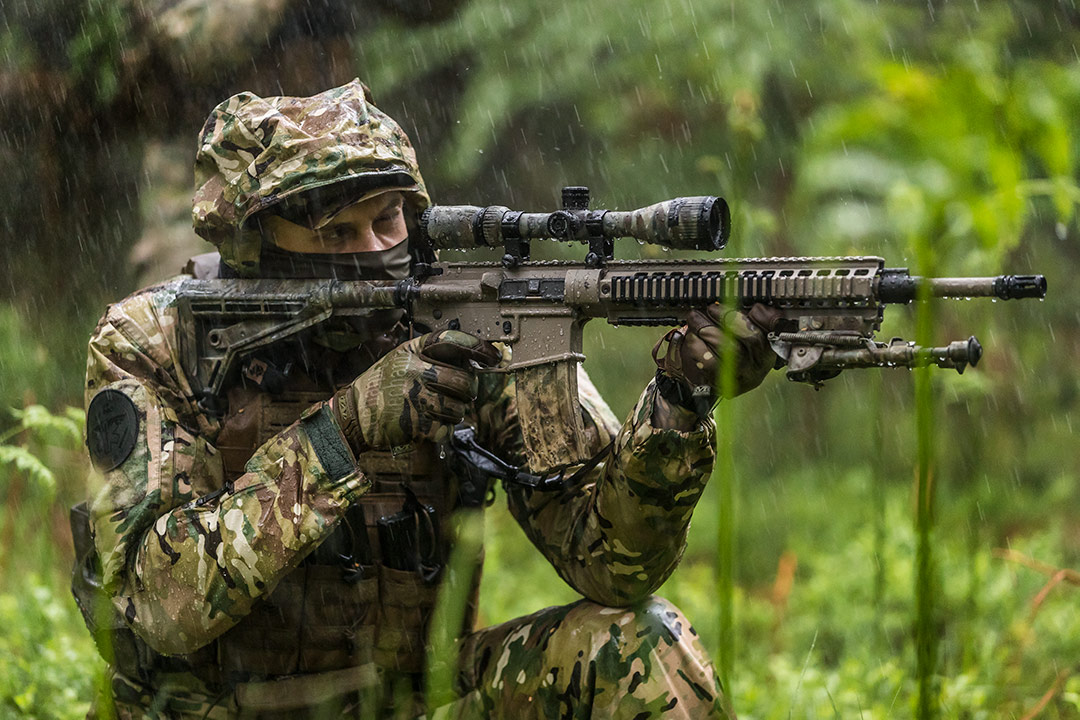
Superior performance in wet conditions.
What is important to me while I’m inactive is that I stay dry.
If I have no shelter or other type of waterproof roof over my head, then I’m dependent solely on the performance of my hardshell gear.
This is when water-column counts and breathability become crucially important. This is when a hardshell material like GORE-TEX proves itself to be worth every euro I’ve invested in it.
There’s nothing worse than a hard shell that fails, especially when you need it the most.
If you are interested in the limits of the laminates we use in our gear, you can read more about them here.
Failure also means that you’ll sweat in your hard shell even while you’re engaged in light activities. It also means you’ll get soaked because neither construction nor seam taping (let alone the material’s characteristics) are intended to keep you dry in severe weather conditions.
At this point you’ll sadly discover that you weren’t at all clever saving money by buying an inferior competing brand of rain gear.
Keeping your GORE-TEX gear in top shape is also key to its performance in the harshest conditions. You can read more about maintaining the DWR coating of your waterproof gear in this blog post.
Conclusion
If you ask me whether you should wear Monsoon tactical rain gear during strenuous physical activities, even knowing you’ll be wet with sweat, my answer is absolutely yes. It will keep you warm while you’re both active and inactive, so I would try to get my base layer and mid layer dry as soon as possible.
Do I need a hard shell with a very high water-column rating, even though I’ll get wet while engaged in strenuous physical activities?
Definitely yes, because the goal is to stay dry while relatively inactive. Therefore, you need a high level of breathability and a high water-column count.
Will I receive greater value from my investment in rain gear if I avoid cheap knockoffs?
Yes again. Me, I’d rather pay more to stay as dry as possible than to have a few extra pennies stashed in a soaking wet pocket.

